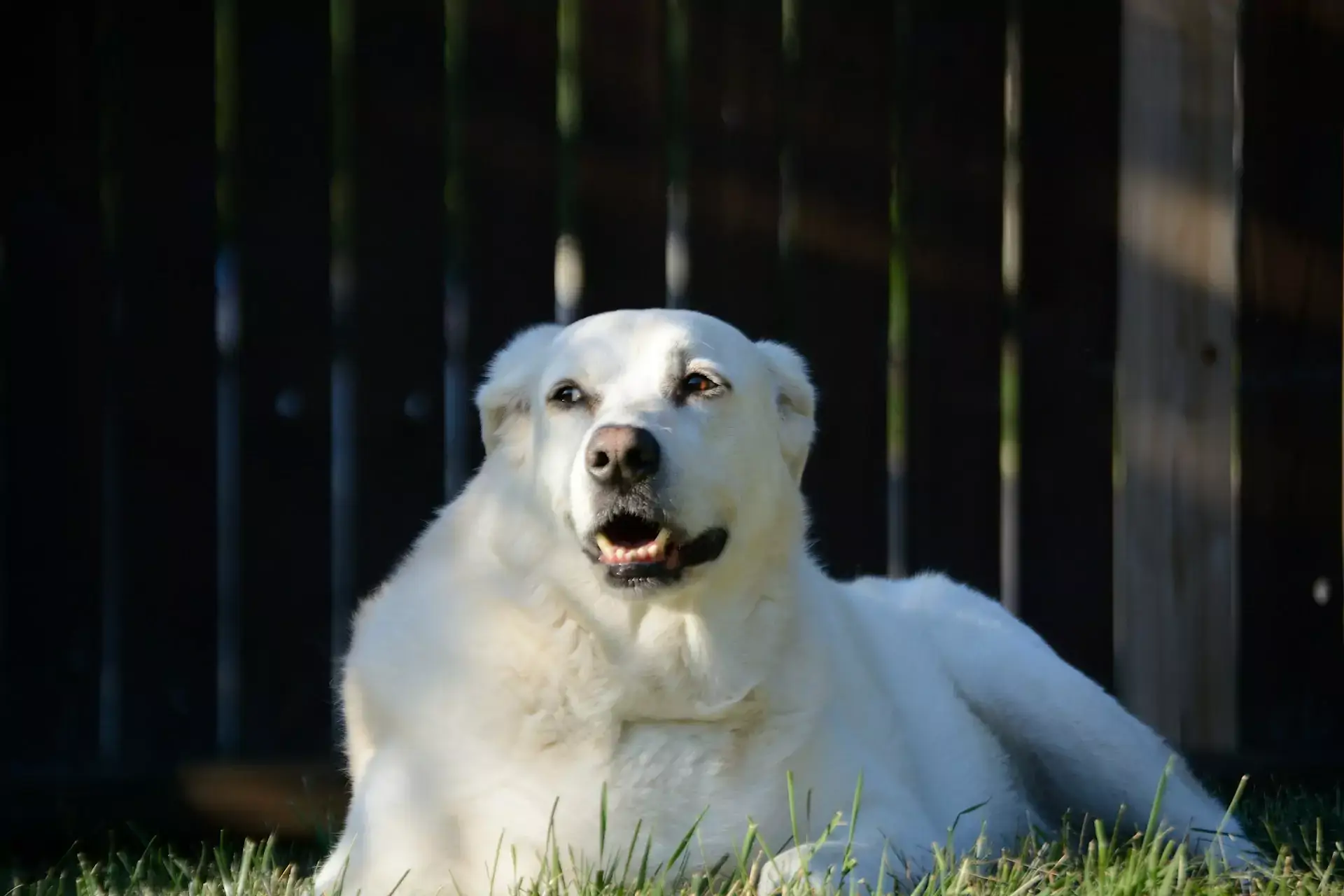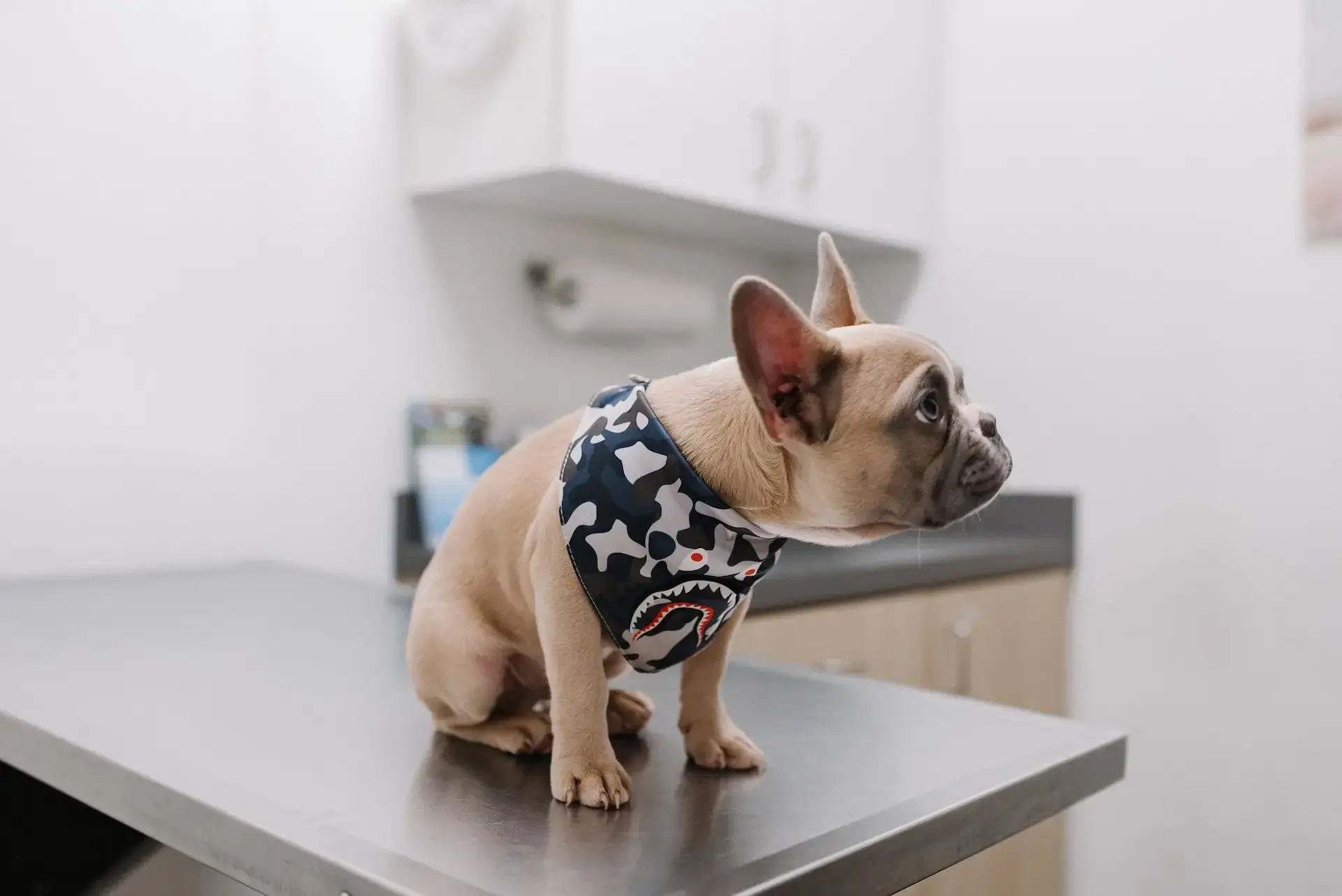February is Pet Dental Health Month. This is a critical issue that, regrettably, is frequently disregarded. Dental issues are as painful and problematic for pets as they are for humans. In some ways, they are worse for our animal companions because they are unable to call their dentist to schedule an appointment or even tell you what is wrong. You’ll need to keep an eye out for indications that anything is wrong. This article includes advice from a local Ashland WI veterinarian on what to look out for.
Dental Woes In Pets
Dental problems are fairly common in our beloved fuzzy buddies. Even the most devoted pet owner can easily miss the clues that something is awry with their furry pal’s mouth. Some of the most ones we see most often in pets are gum disease, abscesses, overcrowding, and misalignment. Pets’ teeth can also be cracked or broken. This is a fairly widespread issue in dogs. Fido may enjoy fetching sticks, but this fun doggy play activity sometimes backfires on him. Cats are susceptible to many of the same issues, and are also prone to developing tooth resorption and feline stomatitis.
It is critical to have your veterinarian inspect your pet’s teeth at regular intervals. Between appointments, keep an eye out for these warning signals.
Tartar Buildup
Visible tartar buildup is associated with gum disease. Gum disease in pets is essentially the same as it is for humans. This begins with slight gum inflammation. At this stage, gingivitis, the issue can typically be reversed with proper treatment. Unfortunately, this does not typically occur with pets. As the situation worsens, tartar accumulates around the gumline, resulting in infection pockets. This results in the loss of gum tissue, followed by bone loss.
It is critical to understand that this is more than just an issue of appearance. Gum disease is actually quite serious. It not only causes tooth shifting and loss in the long run, but it has been linked to several serious health concerns, including heart disease and liver and kidney issues. This is because the illness can spread from a pet’s mouth to their essential organs via the circulation.
If your pet has visible brown or yellow muck on their teeth, they may require a thorough cleaning. This will eliminate tartar from the gums, allowing the gum tissue to recover and reattach. Contact your veterinarian for further information.
Bad Breath
Pets aren’t known for having minty-fresh breath, but their affectionate nose boops and smooches are not supposed to make you gag. Bad breath is usually cause for concern because it might indicate a variety of health conditions.
Bleeding Gums
Just like in humans, bleeding gums are a sign of gum disease. You may not see anything on your pet’s gums, but you may notice streaks on their toys or bowls, as well as dark stains on the fur surrounding their lips.
Excess/Ropy Drool
We know that certain dogs are inherently slobbery. If you own a Bloodhound, Boxer, Great Dane, Saint Bernard, Mastiff, Retriever, or Basset Hound, you can generally expect Fido to be a little sloppy in this area. Excessive drool, especially if your furry friend isn’t normally slobbery, can be an indication of an issue.
Cats don’t normally drool, so if you see Fluffy dribbling, pay heed.
Dribbling Food
If your pet has dental issues, they may find chewing uncomfortable or challenging. You might see them dripping food from the side of their mouth.
Preferring Soft Foods/Treats
Chewing on a painful tooth is undoubtedly unpleasant. Hard food merely makes things more difficult. You might notice Fido or Fluffy preferring soft foods and disregarding dry ones. Your pet can also lose interest in hard snacks.
Dental difficulties could decrease Fido’s interest in playing games like Fetch or Tug of War. This makes sense, as he utilizes his mouth to play. Fluffy, on the other hand, may simply not feel like batting a catnip mouse or chasing after that strange red dot that has eluded her for so long.
Swelling
Visible swelling is an enormous red flag. This is not just an indication that your pet is in severe discomfort, but it is also a warning that there may be a major infection present. Any infection can be hazardous, but those that are close to the brain are especially concerning.
Avoiding Physical Contact
Another sign to keep an eye out for is your pet suddenly becoming hesitant to have their head or face touched. This is particularly concerning for animals who normally enjoy having their foreheads stroked or their ears scratched.
Grumpiness
Did you ever have a toothache? If that’s the case, it’s unlikely that it improved your mood. Being in pain is not pleasant for anyone. You may notice that your pet isn’t acting normally. They may withdraw to a secluded area and avoid interacting with the rest of the family. In severe circumstances, pets may snarl or snap when you touch their face or lips.
Pawing At The Mouth
This one is slightly more prevalent among cats. You may see your animal companion pawing at her mouth or face. This may be typical while Fluffy grooms herself, but if it does not appear to be tied to your pet’s beauty regimen, there could be an issue.
Unkempt Fur (Cats)
Kitties are usually very good at grooming themselves. Fluffy may spend several hours each day keeping her beautiful fur nice and clean. If your feline friend’s mouth hurts, it may interfere with this. Furthermore, cats who are not feeling well frequently skip their customary beauty regimens. Kitties, like people, frequently do not feel like themselves when they are sick.
Changes in Eating Habits
Another thing to look for is a change in your pet’s food habits. We have stated that a predilection for softer foods can be a warning indicator. That is not the only thing to watch for, however. Your pet may take longer to eat. Or, they may chew on one side of their mouth.
Reduced Appetite
If your pet’s teeth are in severe pain, they may lose interest in eating entirely, which can be quite dangerous. This can cause weight loss and possibly starvation. It’s also worth noting that a lack of appetite can indicate a variety of health issues. We always recommend contacting your veterinarian straight away if your pet isn’t eating.
Sneezing
Dental problems frequently create problems with the nasal passages and sinuses. This can result in nasal discharge, which Fido and Fluffy do not normally experience. Sneezing may also be an indication of trouble.
Other Signs of Dental Issues
We’ve included the most common warning signals separately, although there are a few that are obvious to the naked eye. Some of these include:
- Extra Teeth
- Missing Teeth
- Visible Abscesses
- Inflammation
If you notice any of these symptoms, contact your Ashland WI veterinarian immediately.
Conclusion: Dental disorders in pets are extremely common and frequently disregarded. Tartar accumulation, drooling, weight loss, foul breath, changes in eating patterns, and apparent swelling are all red flags to be aware of. If you detect any of the following, contact your veterinarian straight away.
Make An Appointment At Our Ashland WI Pet Clinic
Have you observed any of the following indicators in your pet? Please feel free to contact us at any time. As your Ashland WI pet hospital, we are here to help!




